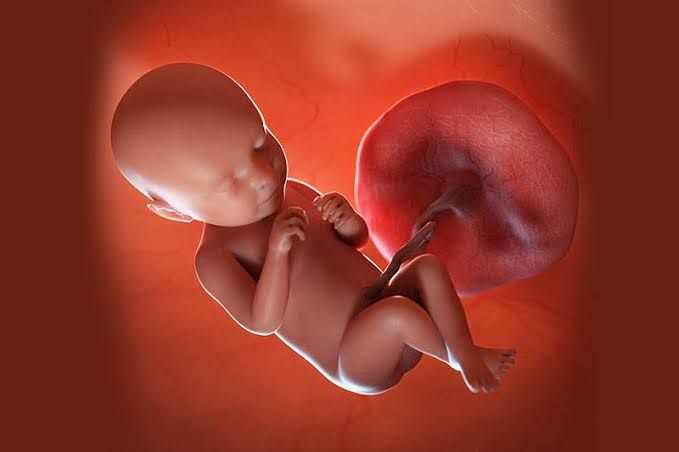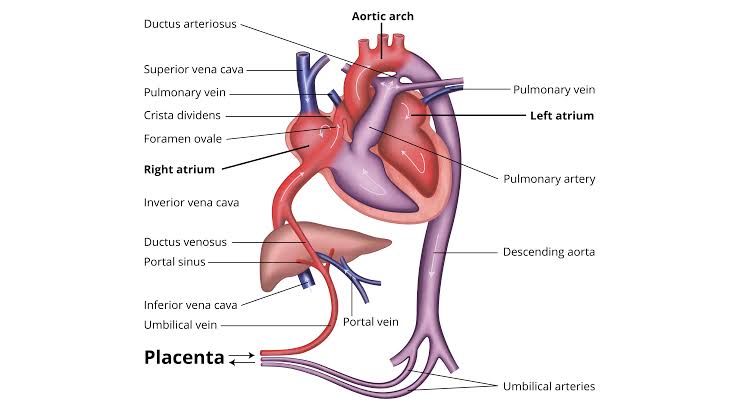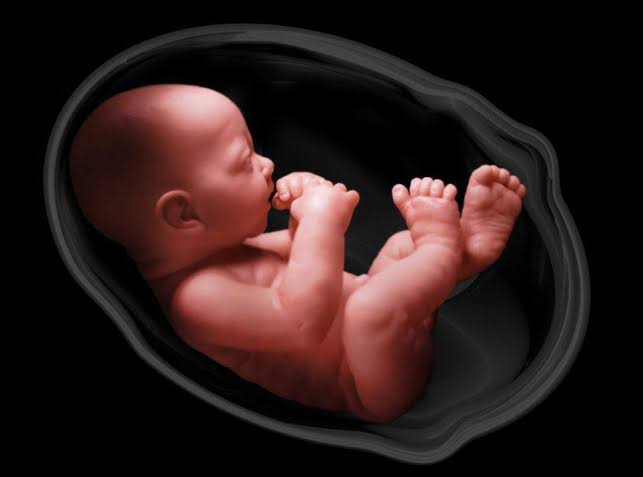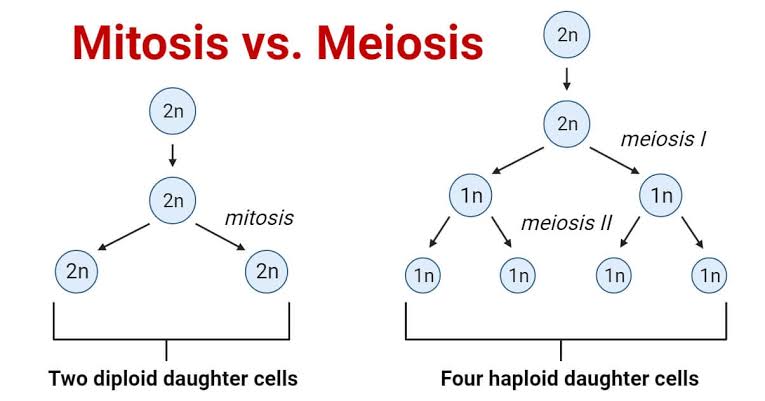
Teratogenesis refers to the process by which congenital abnormalities are produced in a developing embryo or fetus due to exposure to teratogens. Teratogens are substances that can disrupt normal fetal development, leading to structural or functional defects. These can include drugs, chemicals, infections, and environmental factors that interfere with the growth and development of the fetus during pregnancy.
Types of Teratogens
Teratogens can be classified into several categories based on their nature:
- Drugs and Medications: Certain prescription and over-the-counter medications have been identified as teratogenic. For example, thalidomide, once prescribed for morning sickness, caused severe limb malformations when taken during early pregnancy. Other medications like phenytoin (used for seizures) also pose risks.
- Alcohol: Alcohol consumption during pregnancy is a well-known teratogen that can lead to fetal alcohol syndrome (FAS). FAS is characterized by a range of physical and cognitive disabilities resulting from prenatal alcohol exposure.
- Tobacco: Smoking during pregnancy is associated with numerous adverse outcomes including low birth weight, preterm birth, and increased risk of miscarriage.
- Recreational Drugs: Substances such as cocaine, heroin, methamphetamines, and marijuana have been linked to various complications including neonatal abstinence syndrome (withdrawal symptoms in newborns), heart problems, and developmental delays.
- Infectious Agents: Certain infections can also act as teratogens. The TORCH complex (Toxoplasmosis, Other infections, Rubella, Cytomegalovirus, and Herpes simplex virus) includes pathogens known to cause significant fetal harm.
- Environmental Chemicals: Exposure to toxic substances such as heavy metals (like lead or mercury), pesticides, and industrial chemicals can result in congenital disorders.
Mechanisms of Teratogenesis
The mechanisms through which teratogens exert their effects are complex and depend on several factors:
- Timing of Exposure: The risk of teratogenic effects varies significantly depending on the timing of exposure during pregnancy. The first trimester is particularly critical because major organ systems are forming.
- Dose-Response Relationship: The severity of teratogenic effects often correlates with the dose of the teratogen; higher exposures typically result in more severe outcomes.
- Genetic Susceptibility: Individual genetic differences may influence how a fetus responds to teratogenic exposure. Some fetuses may be more vulnerable due to inherited genetic factors or maternal health conditions.
Consequences of Teratogenesis
The consequences of teratogenic exposure can vary widely but may include:
- Structural anomalies such as cleft palate or spina bifida.
- Functional impairments affecting cognitive abilities or physical capabilities.
- Increased risk for miscarriage or stillbirth.
- Long-term developmental issues that may require ongoing medical care.
Prevention and Management
Preventing teratogenic exposure involves careful management during pregnancy:
- Avoidance of Known Teratogens: Pregnant individuals should avoid alcohol, tobacco, recreational drugs, and certain medications unless prescribed by a healthcare provider who understands the risks involved.
- Healthcare Guidance: Regular consultations with healthcare providers are essential for managing chronic conditions safely during pregnancy and making informed decisions about medication use.
- Education on Risks: Awareness programs about the risks associated with various substances can help expectant parents make safer choices regarding prenatal care.
- Screening for Infections: Prenatal screening for infections that could pose risks to fetal development is crucial for early intervention if necessary.
In summary, understanding teratogenesis is vital for preventing congenital disorders through informed decision-making regarding substance use during pregnancy and ensuring proper medical care throughout gestation.
Classification of Birth Defects
1. Structural Birth Defects
These defects involve physical malformations in the structure of the body. They can affect various parts of the body and are often visible at birth or through imaging techniques during pregnancy. Examples include:
- Anencephaly: A defect where a baby is born without parts of the brain and skull.
- Cleft lip and palate: Occurs when a baby’s lip or mouth does not form properly.
- Gastroschisis: A condition where there is a hole in the abdominal wall beside the belly button.
- Limb reduction defects: When part or all of an arm or leg fails to form completely.
- Craniosynostosis: The bones in a baby’s skull join together too early.
2. Chromosomal Abnormalities
These defects arise from changes in the number or structure of chromosomes, which can lead to various syndromes and developmental issues. An example includes:
- Down syndrome (Trisomy 21): A condition characterized by an extra chromosome 21.
3. Functional Birth Defects
These defects may not have visible structural anomalies but can affect how organs function. Examples include:
- Hypospadias: A defect where the opening of the urethra is not located at the tip of the penis.
- Esophageal atresia: A birth defect affecting the esophagus, preventing it from connecting properly to the stomach.
4. Neural Tube Defects
These severe birth defects occur when there is an incomplete closure of the neural tube, which can lead to significant neurological impairments. Examples include:
- Microcephaly: Where a baby’s head is smaller than expected.
- Encephalocele: A sac-like protrusion of brain tissue through an opening in the skull.
- Spina bifida, although not explicitly mentioned, is another common neural tube defect.
5. Eye and Ear Defects
These specific defects affect sensory organs:
- Anophthalmia and microphthalmia: Conditions affecting one or both eyes, leading to absence or underdevelopment.
- Anotia and microtia: Conditions affecting ear development, resulting in absent or malformed ears.
6. Other Specific Conditions
Some congenital disorders do not fit neatly into other categories but are significant nonetheless:
- Diaphragmatic hernia: A defect that involves a hole in the diaphragm allowing abdominal organs to move into the chest cavity.
This classification helps in understanding the nature and implications of different types of birth defects, guiding prevention strategies, screening methods, and treatment options.
Causes of Birth Defects
The causes of birth defects can be complex and multifactorial, often involving a combination of genetic and environmental factors. Here are some key causes:
- Genetic Factors:
- Genetic mutations can lead to various birth defects. For instance, conditions like cystic fibrosis result from specific gene mutations that disrupt normal bodily functions.
- Inherited conditions may run in families, indicating a genetic predisposition.
- Chromosomal Problems:
- Abnormalities in chromosome number or structure can cause significant developmental issues. For example, Down syndrome results from an extra copy of chromosome 21 (trisomy 21).
- Turner syndrome occurs when there is a missing or incomplete X chromosome.
- Environmental Exposures:
- Certain medications taken during pregnancy can increase risks for birth defects; for example, some anti-seizure medications have been linked to neural tube defects.
- Exposure to harmful substances such as alcohol, tobacco smoke, or illicit drugs can adversely affect fetal development.
- Infections During Pregnancy:
- Maternal infections like rubella or Zika virus can lead to severe birth defects affecting brain development and other organ systems.
- Nutritional Deficiencies:
- Lack of essential nutrients such as folic acid before and during pregnancy is strongly associated with neural tube defects like spina bifida.
- Maternal Health Conditions:
- Advanced Maternal Age:
- Women who are older (typically over 34 years) have a higher risk of chromosomal abnormalities in their offspring due to age-related factors affecting egg quality.
Understanding these classifications and causes helps healthcare providers identify at-risk pregnancies and implement preventive measures whenever possible.
Genetic Factors Involved in Birth Defects
Birth defects can arise from a variety of genetic factors, which can be broadly categorized into chromosomal abnormalities, single-gene mutations, and multifactorial inheritance.
- Chromosomal Abnormalities: These occur when there is a change in the number or structure of chromosomes. For example:
- Down Syndrome (Trisomy 21): This condition is caused by an extra copy of chromosome 21 and is associated with intellectual disability and various physical anomalies.
- Turner Syndrome: This occurs when one of the X chromosomes is missing or partially missing in females, leading to developmental issues and infertility.
- Single-Gene Mutations: These are caused by mutations in a specific gene that can lead to disorders. Examples include:
- Cystic Fibrosis: Caused by mutations in the CFTR gene, this disorder affects the respiratory and digestive systems.
- Sickle Cell Disease: A mutation in the HBB gene leads to abnormal hemoglobin, causing various health complications.
- Multifactorial Inheritance: Many birth defects result from a combination of genetic predispositions and environmental factors. Conditions such as spina bifida and congenital heart defects often fall into this category, where multiple genes interact with environmental influences.
- Family History: A family history of certain birth defects can increase the risk for future offspring due to inherited genetic traits.
- Ethnic Background: Certain genetic disorders are more prevalent in specific ethnic groups, which can influence the likelihood of birth defects based on ancestry.
Environmental Causes Producing Birth Defects
Environmental factors play a significant role in the occurrence of birth defects, often interacting with genetic predispositions. Key environmental causes include:
- Teratogens: Substances that cause malformations during embryonic development include:
- Drugs and Medications: Certain medications like thalidomide (which caused limb deformities) and some anticonvulsants (e.g., valproate) have been linked to increased risks of birth defects.
- Alcohol Consumption: Fetal Alcohol Spectrum Disorders (FASD) result from alcohol exposure during pregnancy, leading to growth deficiencies and neurodevelopmental issues.
- Infections During Pregnancy: Maternal infections can adversely affect fetal development:
- Rubella (German Measles): Infection during the first trimester can lead to serious congenital disabilities including heart defects and hearing loss.
- Zika Virus: Infection during pregnancy has been linked to microcephaly and other severe brain anomalies.
- Nutritional Deficiencies: Lack of essential nutrients can lead to developmental issues:
- Folic Acid Deficiency: Insufficient folic acid before conception and during early pregnancy is strongly associated with neural tube defects such as spina bifida.
- Exposure to Environmental Toxins:
- Heavy Metals: Exposure to lead or mercury has been shown to have teratogenic effects.
- Pesticides and Industrial Chemicals: Certain chemicals may disrupt normal development if exposure occurs during critical periods of fetal growth.
- Maternal Health Conditions:
- Chronic conditions such as diabetes or obesity can increase risks for certain birth defects due to metabolic imbalances affecting fetal development.
- Radiation Exposure: High levels of radiation exposure during pregnancy have been associated with an increased risk of congenital anomalies.
In summary, both genetic factors—such as chromosomal abnormalities and single-gene mutations—and environmental causes—including teratogens, infections, nutritional deficiencies, toxins, maternal health conditions, and radiation—play crucial roles in the incidence of birth defects.







